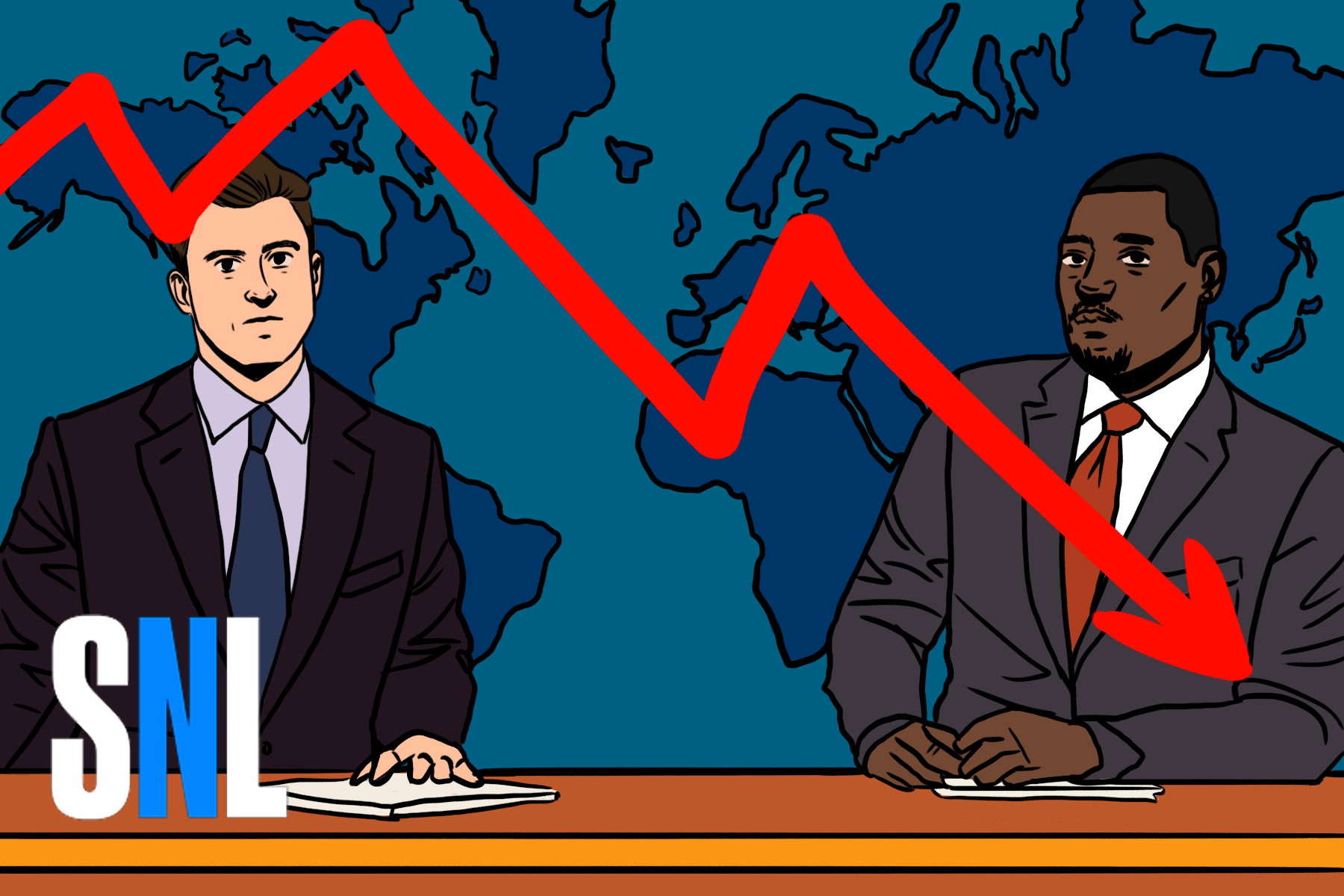In the realm of sketch comedy, few shows have basked in the limelight as long as “Saturday Night Live” (SNL). Since its debut in 1975, SNL has become a cultural touchstone, known for its biting satire and memorable characters. However, in recent years, the show has faced significant criticism from fans and detractors alike, leading many to ponder: why is SNL so bad? This article delves into the multifaceted decline of this once-beloved comedy giant.
One of the most apparent reasons for SNL’s waning charm is its over-reliance on political satire. In an era where political discourse dominates societal conversations, the show has pivoted heavily to focus on current events. While this approach once helped SNL remain relevant, it has morphed into a predictable format. The laughter that came from clever, original sketches has been overshadowed by tired impersonations of political figures. The relentless mockery can often feel less like satire and more like a tedious echo chamber. The repetitive nature of the political sketches fails to surprise audiences, leading to a lack of engagement, especially among younger viewers who crave novelty and innovation.
Moreover, the show’s talent pool has increasingly come under scrutiny. SNL has historically thrived on its ability to cultivate fresh comedic voices; however, recent seasons have seen a roster of cast members who often fail to resonate with the audience. The chemistry that once seemed effortless among the original cast has grown distant. Newcomers, albeit talented, seem to struggle for equal footing, often overshadowed by more established figures. This imbalance detracts from the overall comedic impact, resulting in sketches that are occasionally flat and uninspired.
Another factor contributing to SNL’s decline is its struggle to adapt to the preferences of a changing demographic. With the advent of streaming platforms and the internet, comedy consumption has evolved dramatically. Younger audiences are exposed to a myriad of comedic styles—from the absurdist digital shorts on TikTok to the elaborate sketches of YouTube creators. These platforms encourage quick, engaging delivery, often eschewing the traditional, more languid pacing that SNL has maintained. The reliance on live sketches, where timing and audience reaction can make or break a performance, creates an atmosphere of risk that can often backfire. The contrast between this and the immediate, polished content available online leaves SNL feeling out of touch.
Additionally, as the world becomes increasingly conscious of social issues, SNL has faced backlash for aspects of its comedic approach, particularly regarding sensitivity towards race, gender, and identity. Some sketches, which may have been acceptable in the past, are now viewed as tone-deaf or outdated. Younger audiences are particularly attuned to issues of representation and inclusivity, making them less forgiving of material that feels alienating or disrespectful. The satire that once drew guffaws is now scrutinized under a lens of social consciousness that does not easily align with irreverent humor. This shift necessitates a careful balance, one SNL has at times struggled to maintain.
Alongside these external pressures is the inherent challenge of sustaining creativity over decades. The challenge of continually generating fresh material is monumental, particularly when the show operates on a weekly basis. Many of SNL’s golden years were marked by effortless comedic alchemy and groundbreaking sketches that resonated widely. Modern SNL sometimes feels like an exercise in recycling ideas rather than innovating. Consequently, the show precariously teeters between nostalgia and relevance, often failing to satisfy either camp. Audiences today have a vast array of options at their disposal, amplifying the pressure on SNL to consistently deliver something relatable and innovative.
A major structural limitation is also evident in SNL’s format itself. While the variety show model has its merits, it can lead to dips in quality. A typical episode is composed of multiple sketches, which can dilute creative focus. Some sketches are rushed or feel incomplete, leaving audiences wanting more substance. This fragmentation makes it challenging for the viewer to become fully invested in any single vignette. A serialized narrative, much like the trend prevalent in modern television, could offer a solution by providing a cohesive storyline that connects sketches, but SNL has remained steadfast in its traditional format.
Moreover, the sheer saturation of comedic content available today has contributed to viewer desensitization. With countless comedic shows, stand-up specials, and viral sketches vying for attention, SNL finds itself navigating a competitive landscape that demands innovation and engagement like never before. While the show has explored various formats and themes throughout its history, maintaining freshness in an industry rife with creators eager to push boundaries is an arduous task.
Finally, the legacy of SNL cannot be overlooked in discussions regarding its contemporary relevance. Much of the show’s foundational humor draws from societal norms and pop culture references that, while iconic, may not resonate with a younger audience. This disconnect raises the crucial question: can SNL evolve with its viewership? The potential for reinvention exists, but it requires bold, visionary leadership willing to take risks and embrace the dynamism of the current comedy landscape.
In conclusion, the decline of “Saturday Night Live” can be attributed to a convergence of factors ranging from over-reliance on political narratives to an inability to adapt to the preferences of a younger audience. The show stands at a crossroads, facing the challenge of reconciling its storied legacy with the necessity for evolution in a rapidly changing comedic landscape. For SNL to reclaim its status as a comedy powerhouse, it will need to reflect deeply on its approach, embracing experimentation and authenticity. The journey will not be simple, but with resilience and creativity, there’s hope for revitalization and reconnection with both old and new fans alike.

